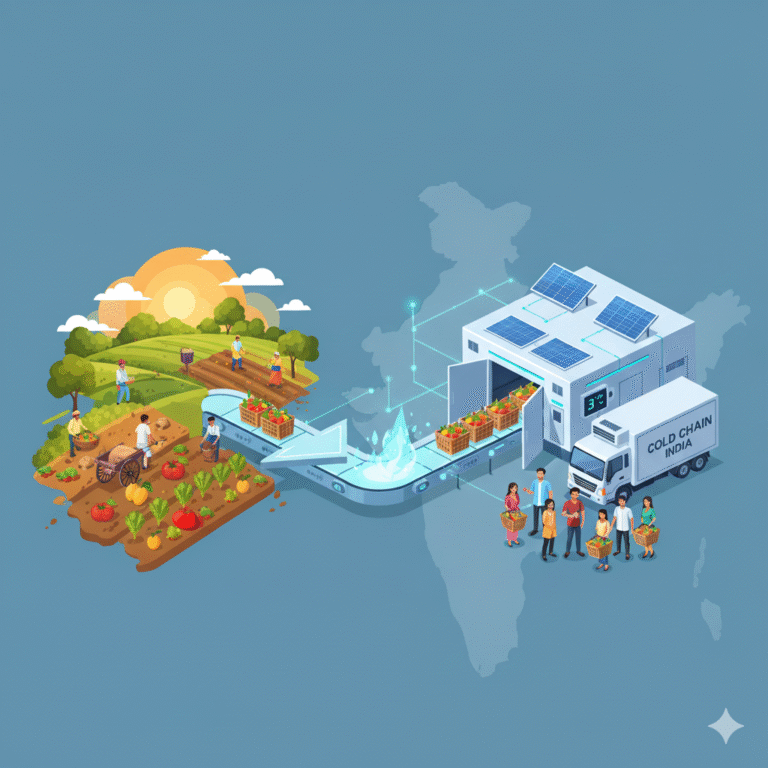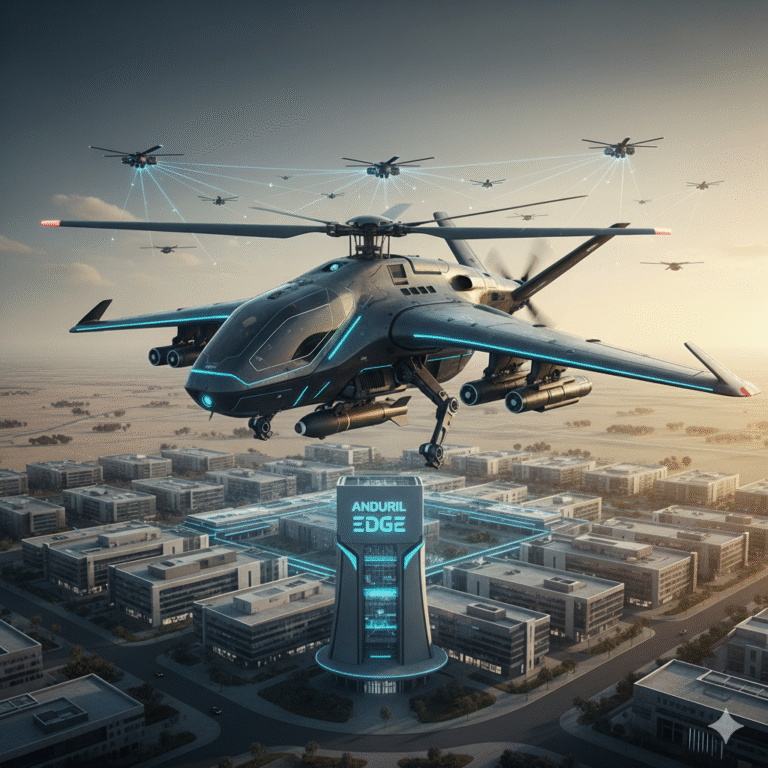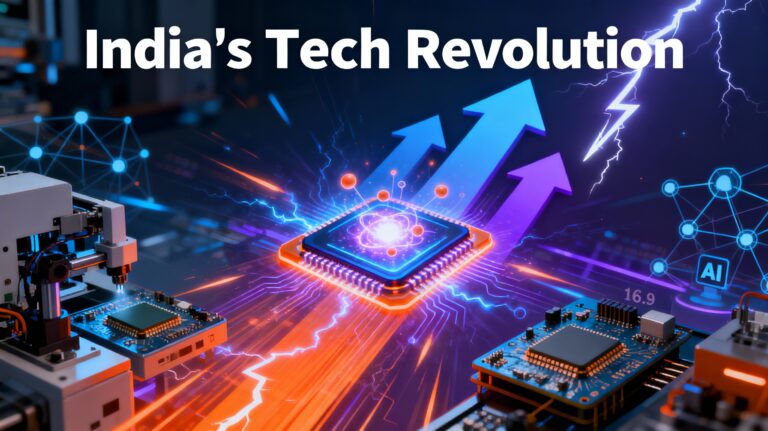Floating in the Name of Science
Astronauts on the International Space Station (ISS) seem to float effortlessly. But what is looking like space magic is actually a condition called microgravity, and it’s reshaping our understanding of physics, biology, and chemistry.
Across the globe, from NASA to ISRO, scientists are increasingly focusing on experiments in microgravity. Why? Because removing the effect of gravity allows us to observe fundamental phenomena that are hidden or distorted here on Earth.
What Is Microgravity?
Microgravity doesn’t mean there’s no gravity. Instead, it means objects appear to be weightless because they are in a state of free fall.
When a spacecraft orbits the Earth, it is constantly falling toward the planet, but it also moves forward fast enough that it keeps missing it. This creates a unique environment where gravitational forces are nearly cancelled out, allowing objects and people to float.
So, the term “micro” gravity refers to the fact that gravity still exists, but its effects are reduced to a tiny fraction (about 1 millionth of Earth’s gravity).
Why Is Microgravity Important for Research?

Earth’s gravity influences nearly every process we observe—from how plants grow to how cells divide. In microgravity, these processes behave differently. Studying them in space helps scientists:
- Isolate variables that are masked by gravity
- Test theories in fluid dynamics, combustion, and crystal growth
- Develop new technologies and biomedical solutions
Essentially, space becomes a laboratory where Earth’s invisible constraints are lifted, allowing new laws of nature to reveal themselves.
What Are Scientists Trying to Achieve in Microgravity?
🚀 1. Advancing Medicine
- Protein crystal growth in microgravity is far superior, leading to better drug design. NASA and pharmaceutical companies have used this to improve drugs for cancer and Parkinson’s.
- Stem cell research is being conducted to understand how human cells behave and regenerate without gravity’s pull.
- Immune system studies are revealing how our defense mechanisms change in space, giving insights for long-term space missions and immune disorders on Earth.
⚖️ 2. Material Science & Manufacturing
- In microgravity, metal alloys and semiconductors can be produced without the layering flaws caused by gravity.
- 3D printing in space is being tested for creating custom parts, reducing the need for Earth resupply.
🌿 3. Agriculture & Food Security
- Experiments with plant growth help understand root behavior and photosynthesis without gravity.
- Microgravity trials can improve crop resistance and growth patterns, informing resilient agriculture on Earth.
🌌 4. Preparing for Deep Space Travel
- Understanding how the human body responds over time to microgravity is crucial for Moon and Mars missions.
- Space agencies are studying muscle atrophy, bone density loss, and cardiovascular health under zero-G conditions.
🔬 5. Basic Science
- How does fire behave in space? Without gravity, flames become spherical.
- How do fluids flow? Surface tension dominates, revealing entirely different physics.
These insights not only help design safer spacecraft but also deepen our fundamental understanding of the universe.
Who Is Leading the Research?
- NASA (USA): Conducts hundreds of experiments on the ISS, from drug development to AI in space.
- ISRO (India): Through missions like Gaganyaan and collaboration with private players, ISRO is ramping up interest in space-based biology and physics.
- ESA (Europe), JAXA (Japan), Roscosmos (Russia): All conduct microgravity research through dedicated space labs and orbital modules.
- Private companies like Axiom Space, Blue Origin, and SpaceX are opening commercial labs in orbit for microgravity R&D.
Case Studies: Real Successes from Microgravity Research
- Merck developed a more effective version of a cancer treatment by growing purer protein crystals aboard the ISS.
- Colgate-Palmolive used microgravity to study oral bacteria behavior, helping improve toothpaste formulations.
- NASA’s flame tests led to safer fire suppression systems for space and Earth.
Why Not Just Simulate Microgravity on Earth?
While drop towers, parabolic flights, and neutral buoyancy labs simulate aspects of microgravity, they offer only seconds or minutes of exposure.
Only in low-Earth orbit (LEO) or deep space can scientists observe long-term biological and chemical changes.
Challenges of Microgravity Research
- High costs of launching and maintaining experiments
- Logistical delays and limited astronaut time
- Data return lag and risk of sample contamination
Despite these, the return on scientific investment is immense, with cascading benefits across sectors.
The Future of Microgravity: India’s Opportunity
India stands at the cusp of a space R&D boom. The upcoming Gaganyaan human spaceflight, growing collaboration with ISRO-backed startups, and a rising biotech ecosystem make microgravity research a fertile frontier.
Fields like space pharma, agri-biotech, space materials, and education could thrive with the right investment.
🤔 Did You Know?
Water behaves like a floating bubble in space, clinging to surfaces instead of flowing—this behavior has helped redesign medical syringes and water filtration systems for disaster zones on Earth.
Conclusion: Microgravity—A Scientific Superpower
As gravity loosens its grip, human curiosity finds room to soar. Microgravity is more than just an astronaut’s playground—it’s a game-changer in solving Earth’s toughest challenges, from medicine to mobility.
By continuing to support and expand microgravity research, nations can unlock scientific potential that benefits all of humanity—on and off the planet.








+ There are no comments
Add yours